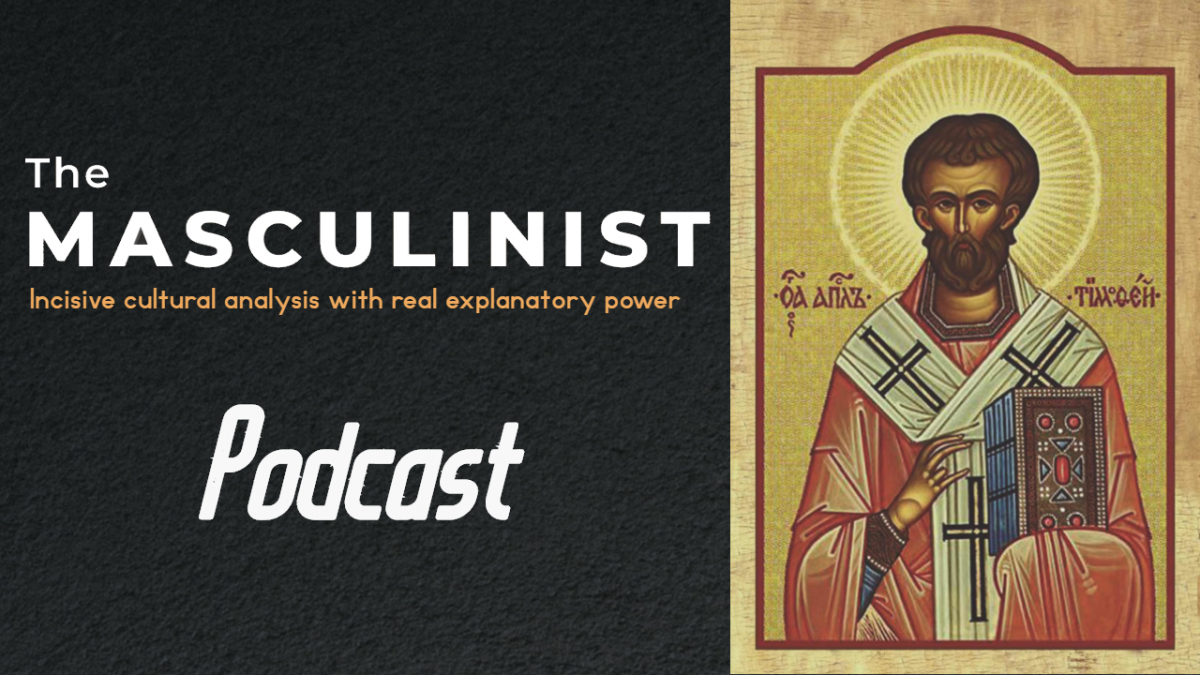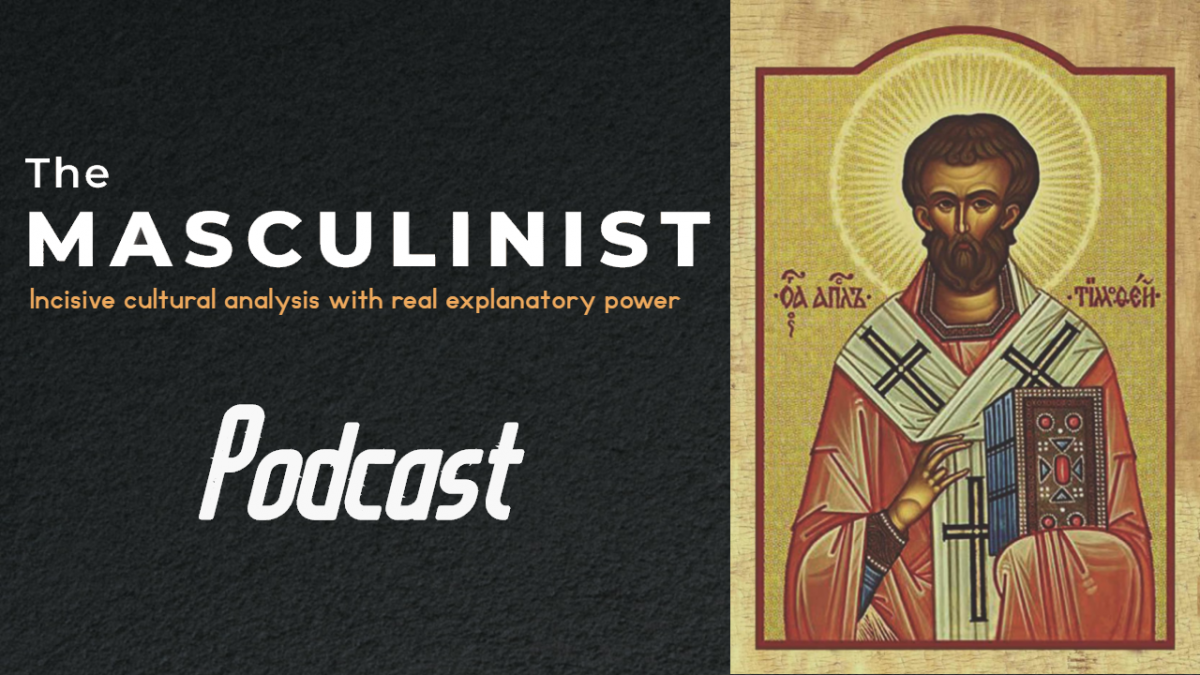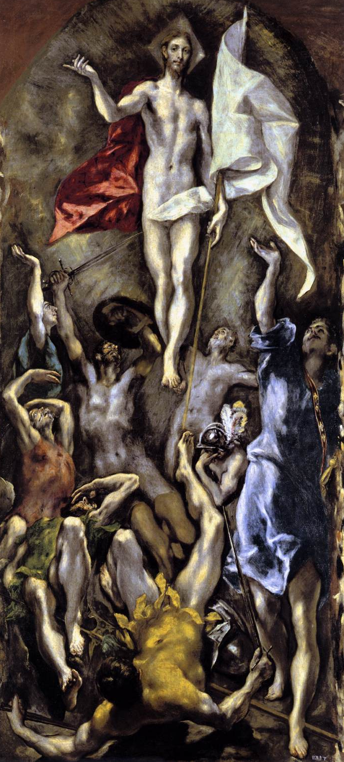Damien Hirst Jumps The Shark:
The Physical Impossibility of Death in the Mind of Someone Living (1991)
Photograph [Fair Use] Wikiart
The arts are undergoing a crisis of relevance. People have been so alienated by the weird dysfunctions of the establishment art world for so long, there is little awareness of what is being advanced as the visual representations of our culture.
This stuff matters more than people know. Art shows us who we are, and it shows us how to be. Right now the arts are dominated by destructive nihilists. Look at what they do, to understand what the elites are trying to program as our way to live.
There is a longstanding artistic tradition of the momento mori: “remember you must die.”
The reality of our own mortality, and coming to terms with it, is a vital function of traditional art. Making something exquisite out of the way of all flesh is a transcendental act. It has been expressed in many ways. Throughout art history, skulls make appearances in paintings, on jewelry, on clocks and watches. Dutch masters painted beautifully naturalistic oil still lifes referred to as vanitas, which included images of bones, snuffed lamps, and hourglasses. They not only celebrated the refined talents of the painters, they implied pending decay.









